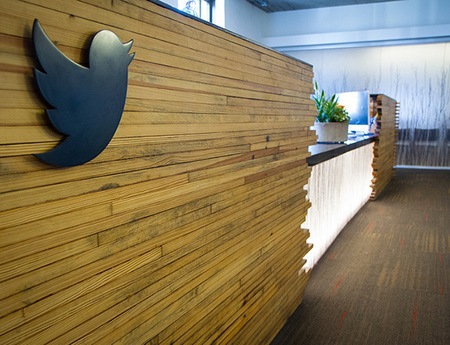Nielsen Links Audience Size to Twitter Activity

As researchers continue to work to refine the relationship between social media activity and TV, Nielsen has released a blog report that summaries some of the results of a new study analyzing 457 English- and Spanish-language primetime series.
The study is notable in that it identified eight factors that play a major role in the amount of Twitter activity a show is likely to produce.
These eight factors—which include audience size, the genre of the show and whether it aired on broadcast or cable—explained “67% of the variance in Twitter activity,” the post noted. Much of the variance, 51%, can be attributed to the size of the audience.
Nielsen also found that the model helps gauge whether a show is under or over performing relative to the size of the audience, the genre of the show and other factors. That would, for example, allow networks and advertisers to determine if a broadcast drama that has a live TV audience of 3 million people is getting more Tweets or fewer Tweets than it should “given its natural characteristics,” explained Lisa Berman, VP of product marketing at Nielsen.
Over time, those tools could help networks look for ways to better promote under-performing shows on social media, Berman also noted.
Alternatively, it could provide those networks with an additional selling point so they could pitch an over-performing show on social media as one that would have more value to broadcasters than a similarly rated show from a competitor.
“It provides a better understanding of what makes a show more or less social,” Berman said. “It gives client a way to ID under or over performing shows.”
Broadcasting & Cable Newsletter
The smarter way to stay on top of broadcasting and cable industry. Sign up below
While the study provides statistical evidence that the eight factors have a major influence on whether a show will be popular or not among Twitter users, she also stressed that one third of the social media activity was not explained by the eight factors. “That opens up the potential for future studies to look at what are the levers,” such as promotions or live tweeting by staff, that might help boost social media activity.
